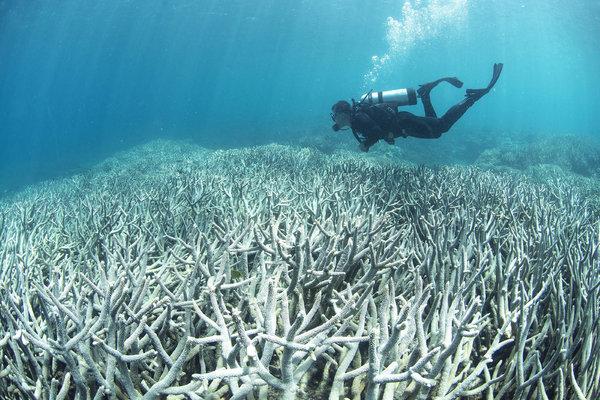This article looks into 3 environmental problems and asks the question; do we hate these environmental problems enough? Or is there an underlying tolerance that is allowing them to persist?

We talked a lot about solutions for the last 20 weeks as part of my series looking into the top methods identified in Project Drawdown. The other side of the coin to solutions is problems. Without problems, solutions wouldn’t be necessary.
I came across the quotation in the title recently and I was really struck by it. It is often attributed to Malcom X, however, after a few online searches I couldn’t find much evidence that he had actually said it. Regardless, it is a powerful quotation and it is highly relevant to the debate around human impacts on the environment.
Let’s look into 3 key environmental problems from 3 different ecosystems to see what we can find.
Air
Air pollution is the silent killer that has crept from a position of obscurity to one of the most pressing environmental problems worldwide.
One look at the recent research coming out of the WHO confirms this.

There are simply shocking statistics showing that 9 out of 10 people worldwide breathe air containing high levels of pollutants.
This results in an alarming death toll of 7 million people every year caused by ambient (outdoor) and household air pollution.
The amazing thing is, that despite being faced with what is clearly an existential problem, whilst there are some solutions beginning to come online, they are not adequate enough to fully solve this problem.
Land
The tropical rainforests are one of the most outstanding ecosystems on earth. Despite this, they are under threat and have been for some time.

Research shows that tropical rainforests lose an estimated 93,000 square miles each year due to deforestation. This is a complex issue with many underlying economic drivers.
This is a fairly well publicised environmental problem that I would have expected most people to have heard of.
Yet the problem persists. Perhaps we do not hate the destruction that is taking place enough. We have allowed ourselves to slip into a form of tolerance, where problems such as this are allowed to persist.
Sea
The Australian Great Barrier Reef is the largest coral reef system and the biggest living structure on the planet.

Despite its incredible economic and environmental benefits that it has brought to the country, it has been allowed to be damaged, with some estimates putting the figure as high as 50%.
Admittedly, much of this damage has been caused by bleaching which is itself caused by climate change. This is obviously a problem that Australia alone cannot solve but you might have expected such extensive damage to a national treasure to lead to a climate renaissance in Australia. Sadly, this has not been the case.
It appears as if a subtle, underlying tolerance of this environmental problem has been allowed to develop.
What you need to know
This article looked at 3 environmental problems and asked whether we hate these environmental problems enough?
We looked at air pollution, which has become a silent killer in cities worldwide.
We looked at tropical deforestation, which persists despite warnings for decades.
We looked at coral bleaching and the damages to the Great Barrier Reef.
All of these are well publicised examples of environmental destruction. If enough people hated them, they would have been stopped by now. There is clearly an underlying tolerance that is allowing them to persist.
It is up to everyone to make sure that the future is not like the past and that these problems are solved as quickly as possible.
Thank you for reading,
By Barnaby Nash
Please share your thoughts in the comments section below or reach out to me on social media. What do you think needs to be done to solve these big environmental problems?
Let’s stay connected
I can be reached on LinkedIn and on Twitter @FollowBarnaby